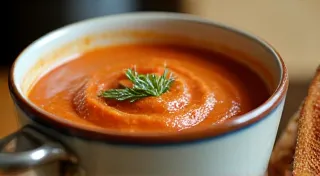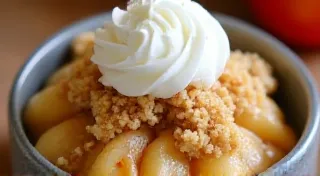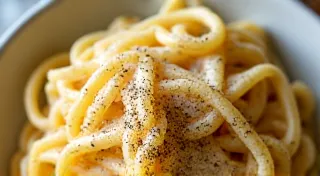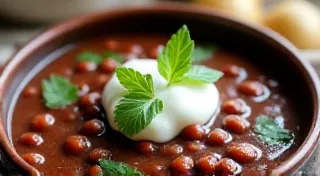Simple Scrambled Eggs - Perfect Every Time
Learn how to make perfect, fluffy scrambled eggs with this easy recipe. A quick and healthy breakfast or light meal – especially when you've got a busy morning and don't want to spend ages in the kitchen. It's a much quicker alternative to more elaborate breakfast dishes, or even something like fluffy pancakes, which are fantastic, but take a little more time.
Ingredients
- 2 large eggs
- 1 tablespoon milk or cream (optional, but adds fluffiness)
- 1/4 teaspoon salt
- 1/8 teaspoon black pepper
- 1 tablespoon butter or oil
Instructions
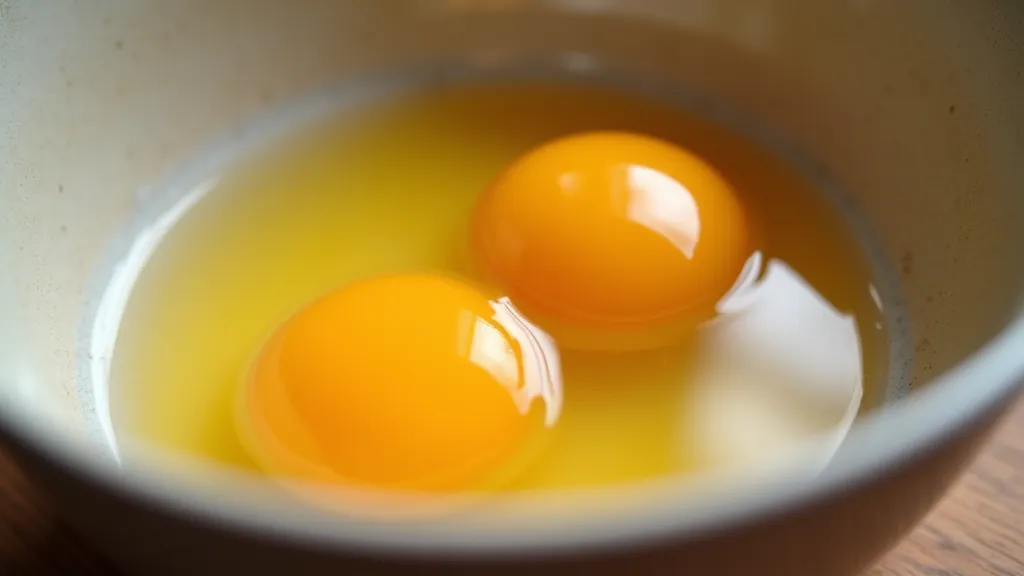
- Crack the Eggs: Crack the eggs into a mixing bowl.
- Whisk: Add the milk or cream (if using), salt, and pepper. Whisk vigorously until the yolks and whites are fully combined and slightly frothy. Don't over-whisk; a few streaks of white are okay.
- Heat the Pan: Place a non-stick skillet over medium-low heat. This is crucial for creamy, not rubbery, eggs!
- Add Fat: Add the butter or oil to the pan and let it melt and coat the surface evenly.
- Pour in the Eggs: Pour the egg mixture into the heated pan.
- Cook Slowly: Let the eggs sit undisturbed for about 30 seconds to allow a thin layer to set on the bottom.
- Gently Scramble: Using a spatula, gently push the cooked egg from the edges toward the center, tilting the pan to allow the uncooked egg to flow underneath. Repeat this process until the eggs are mostly cooked but still slightly wet.
- Remove from Heat: Remove the pan from the heat. The residual heat will finish cooking the eggs.
- Serve Immediately: Serve immediately on toast, with a side of fruit, or enjoy them plain.
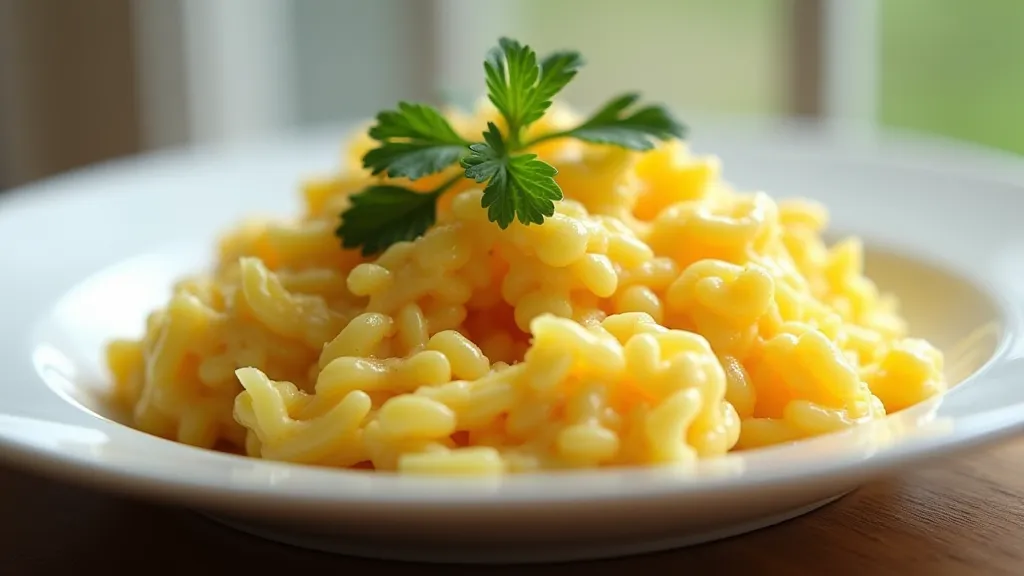
Tips for Perfect Scrambled Eggs
- Low Heat is Key: Cooking eggs slowly is the secret to creamy, not dry, scrambled eggs.
- Don't Overcook: Remove the eggs from the heat while they are still slightly wet, as they will continue to cook from the residual heat.
- Experiment with Flavors: Feel free to add cheese, herbs, or vegetables to your scrambled eggs. Need some breakfast inspiration? You could even create a light and delicious meal combining scrambled eggs with a bowl of easy overnight oats for extra fiber and nutrients!
- Use Fresh Eggs: Fresh eggs tend to have a richer flavor and better texture.
Variations
- Cheese Scrambled Eggs: Add shredded cheddar, mozzarella, or your favorite cheese to the eggs during the last minute of cooking.
- Herb Scrambled Eggs: Stir in chopped fresh herbs like chives, parsley, or dill.
- Vegetable Scrambled Eggs: Sauté chopped vegetables like onions, peppers, or mushrooms before adding the eggs.
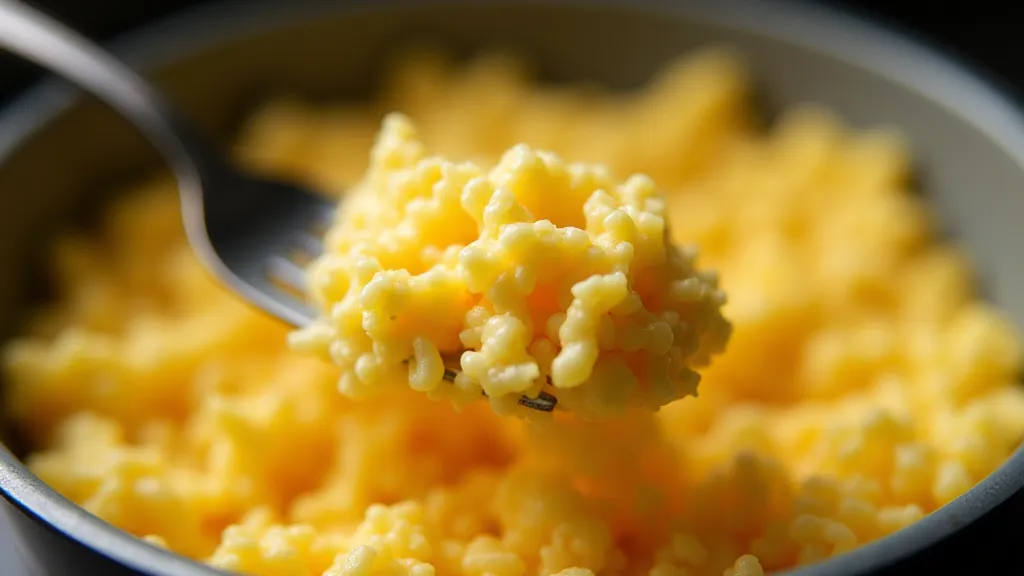
Beyond the Basics: Expanding Your Egg Game
While simple scrambled eggs are a classic for a reason, don't be afraid to get creative! Elevating your morning routine doesn't have to be complicated. It's all about understanding the fundamentals and then playing with different flavor combinations.
Understanding the Science of Scrambled Eggs
The texture of scrambled eggs isn't random; it's a result of chemical reactions and protein coagulation. The key to creamy eggs lies in preventing the proteins from becoming tough. This is where low heat and gentle cooking are paramount. High heat causes the proteins to contract and expel moisture, resulting in dry, rubbery eggs. Adding a little milk or cream helps to keep the eggs moist and tender by interfering with this process.
Flavor Pairings and Additions
The beauty of scrambled eggs is their versatility. They serve as a blank canvas for a world of flavors. Consider these combinations:
- Spicy Scrambled Eggs: Add a pinch of red pepper flakes or a dash of hot sauce to the egg mixture.
- Mediterranean Scrambled Eggs: Stir in chopped sun-dried tomatoes, Kalamata olives, and feta cheese.
- Mexican Scrambled Eggs: Combine with salsa, avocado, and a sprinkle of cilantro.
- Smoked Salmon Scrambled Eggs: Fold in flaked smoked salmon and capers after cooking.
Complementary Breakfast Options
Scrambled eggs are often the star of the breakfast show, but they're even better when paired with complementary dishes. A side of crispy bacon, a stack of pancakes, or a bowl of comforting tomato soup can elevate the entire breakfast experience. And for a balanced meal, consider adding some fruit or yogurt on the side.
Enjoy these simple and delicious scrambled eggs! They're the perfect way to start your day or enjoy a light and satisfying meal. If you’re seeking a more comforting and elaborate breakfast, consider pairing your eggs with a hearty bowl of creamy tomato soup and grilled cheese.
